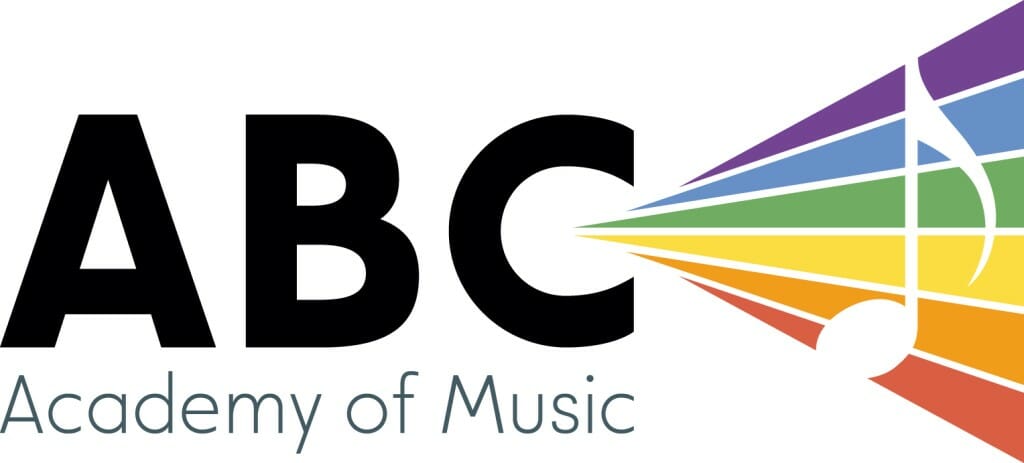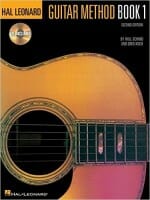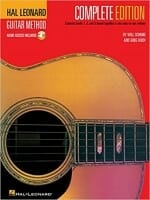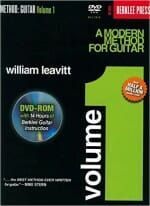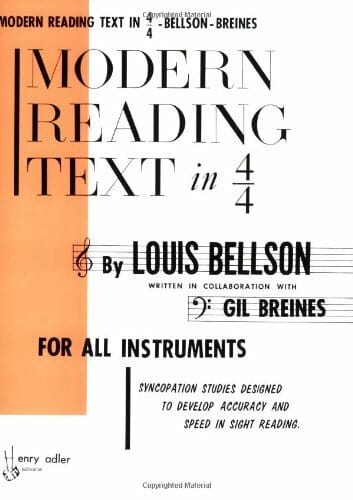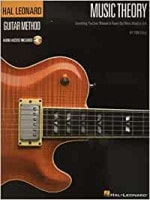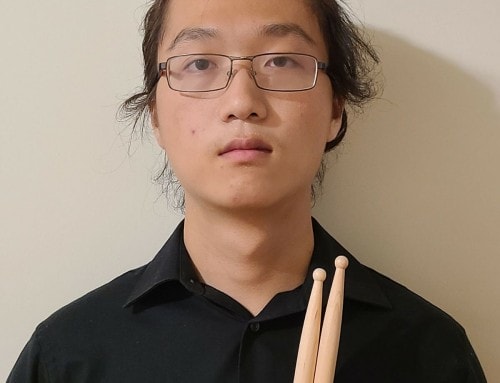BFA (York)
Daniel is a multi-instrumentalist, composer, and performer from Toronto with a passion for exploring music of all genres and origins.
Daniel received his Honours Bachelor Degree in Music at York University where he originally attended for jazz, but soon branched out into Film Composition and world music such as Klezmer, Balkan folk, Baglama, Eastern European Folk, Flamenco, and Celtic. Since graduating he has primarily focused on crafting and performing on soundtracks for various feature and short films, plays, and television pilots, including Netflix releases and one theatrical release under the mentorship of the prominent Canadian Composer, Lesley Barber.
On the performance front he has also performed and written several EP’s alongside other Toronto artists in the genres of rock, funk, metal, alternative, folk, experimental, and flamenco, and continuously explores new and interesting avenues of guitar related genres.
Music for him is a life long pursuit, and he approaches it as a life long student. Through the one know many.
Get to know Daniel…Beyond the Bio!
Hobbies: Camping, hiking, travelling, board games, reading, cooking and exercise!
Musical Influences: Jóhann Jóhannsson, Bonobo, Radiohead, Thomas Newman, Joe Hisaishi, Plini, Periphery, Paco de Lucia, Pink Floyd, Bob Dylan, The Beatles, Neil Young, Devendra Banhart, Philip Glass, Steve Reich, Igor Stravinsky, etc…
Favourite Food: Shawarma, anyday.
Least Favourite Food: the over/poorly cooked variety.
Favourite music: Rock, Psychedelic, Metal, Folk, Ambient, Electronic, Original Soundtracks, Folk.
Favourite Song: At the moment it would be The Girl From North Country by Bob Dylan.
Favourite Movie: Jojo Rabbit
Favourite Book: a tie between – Joseph Campbell, The Power of Myth; Khalil Gibran, The Prophet.
Favourite Quote: “We have created a Star Wars civilization, with Stone Age emotions, medieval institutions, and godlike technology.” – E. O. Wilson
Latest Homework from Daniel
Is Daniel Your Teacher?
Sign up now to get your weekly assignments delivered, and never lose your homework sheet again!
e: Daniel Schlombs – Thursday
Albert
What to practice: Up to and including 2nd chapter of Hal Leonard’s Guitar Method + note review sheet
Recommended practice time: 10 minutes daily
Keys to effective practice: Take a moment and go over the note review sheet found in your folder. It will help to spend some time identifying notes solely on their own, without an instrument in hand, so that when we go back to play our recognition of the notes will be quicker and translate more fluently into performance! Tackle the first page for now just writing down the names of the notes below each. Otherwise while practicing World Beat, remember to “chunk” sections, that is, to break the song up into smaller pieces. For this piece we could break it into 4 sections, 1) being the first 2 bars, 2) bars 3-5, 3) bars 6 & 7, and the last section 4) being 8-10. Get them down individually, then tie them altogether and start to increase the tempo!
Eliana
What to practice: Iron Maiden – The Trooper, Chromatic Exercises
Recommended practice time: 15 minutes daily
Keys to effective practice: Focus on getting that “pop” and “flick” with the legato pull offs throughout the intro riffs. Think in terms of pulling down into the fretboard while also down and off the string – at first it will be good to exaggerate this to get the feel and sound right, and later we can correct and perfect it. For the chromatic exercises focus on clean, evenness, and aim to play in such a way that were you to close your eyes you wouldn’t be able to hear where you’re shifting positions. So, take it slow, play in a relaxed manner, and otherwise go for it!
Bonus video of Canadian musician Jacob Collier tapping 5 different rhythm grids simultaneously.
Aarna
What to practice: Aura Lee + Surf Rock/Rockin’ Robin for review, note naming package!
Recommended practice time: 10 minutes daily
Keys to effective practice: There are a couple main things to pay attention to for Aura Lee: 1) finger position will be key here keeping your index on the 1st fret, middle on 2nd, and ring on 3rd, and 2) alternate picking, down, up, down, up, etc… with your right hand! Picking this way will allow you to play more fluidly and without having to think quite as much down the road. It feels weird at first, but after some short time practicing it, it will become 2nd nature!
Aarnav
What to practice: For He’s a Jolly Good Fellow, note naming package!
Recommended practice time: 10 minutes daily
Keys to effective practice: Review the study song just previous to For He’s a Jolly Good Fellow to make sure playing in 3/4 makes complete sense with the introduction of dotted half notes. Otherwise, as per usual, review the notes before starting and count out loud as you play (but this time to 3, not to 4). This song is played relatively quickly, so once you get it down, push yourself to see how quick you can get it while maintaining good time, rhythm, and sound quality!
Simon
What to practice: Led Zeppelin – Black Dog, Chromatic Exercises
Recommended practice time: 15 minutes daily
Keys to effective practice: Continue playing along with the youtube videos/album version of the song, it is working! For the parts that are tricky, break down the rhythm with the count below (writing 1, 2, 3, 4, and any subdivision necessary: 1 e & a, or 2 & a, or 3 &, etc…) and clapping along. Sometimes it’s easier to do this, then jump back on and put it on the guitar, then it is to try to tackle everything all at once. While playing the chromatic exercises remember to have your thumb behind the neck so that your wrist is straight as if you were holding a baseball bat or golf club. Take your time and aim for smooth, consistent rhythm across the exercise!
Bonus video: here is music made just for clapping I had mentioned! It was made by Steve Reich as a piece that musicians could play if they showed up to a show but their instruments got lost or stolen. It’s surprisingly interesting and difficult. See if you can clap along!
Preferred Books for Daniel’s Students
Click to buy them here, and they’ll come right to your house! What could be easier?
Hal Leonard Guitar Method
The second edition of this world-famous method by Will Schmid and Greg Koch is preferred by teachers because it makes them more effective while making their job easier. Students enjoy its easy-to-follow format that gives them a solid music education while letting them play songs right away. Book 1 provides beginning instruction including tuning, 1st position melody playing, C, G, G7, D7, and Em chords, rhythms through eighth notes, solos and ensembles and strumming.
Hal Leonard Guitar Method COMPLETE
The Hal Leonard Guitar Method is designed for anyone just learning to play acoustic or electric guitar. It is based on years of teaching guitar students of all ages, and reflects some of the best teaching ideas from around the world. This super-convenient Complete Edition features the new and improved method books 1, 2 and 3 spiral-bound together.
Modern Method for Guitar
Modern Reading Text in 4/4
This book has become a classic in all musicians’ libraries for rhythmic analysis and study. Designed to teach syncopation within 4/4 time, the exercises also develop speed and accuracy in sight-reading with uncommon rhythmic figures. A must for all musicians, especially percussionists interested in syncopation.
Hal Leonard Music Theory for Guitarists
Guitarists of all levels will find a wealth of practical music knowledge in this special book with online audio access. Veteran guitarist and author Tom Kolb dispels the mysteries of music theory using plain and simple terms and diagrams. The accompanying recordings provide 94 tracks of music examples, scales, modes, chords, ear training, and much more! To access audio visit: www.halleonard.com/mylibrary
